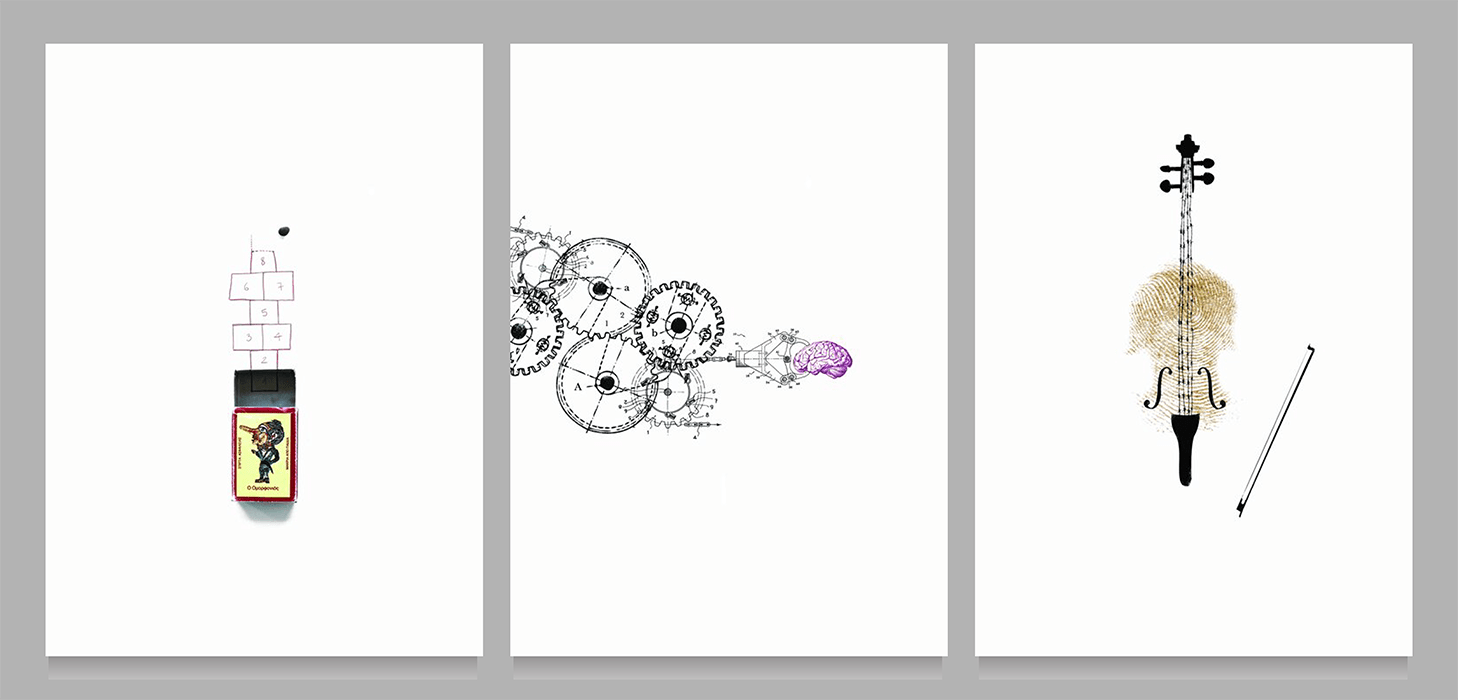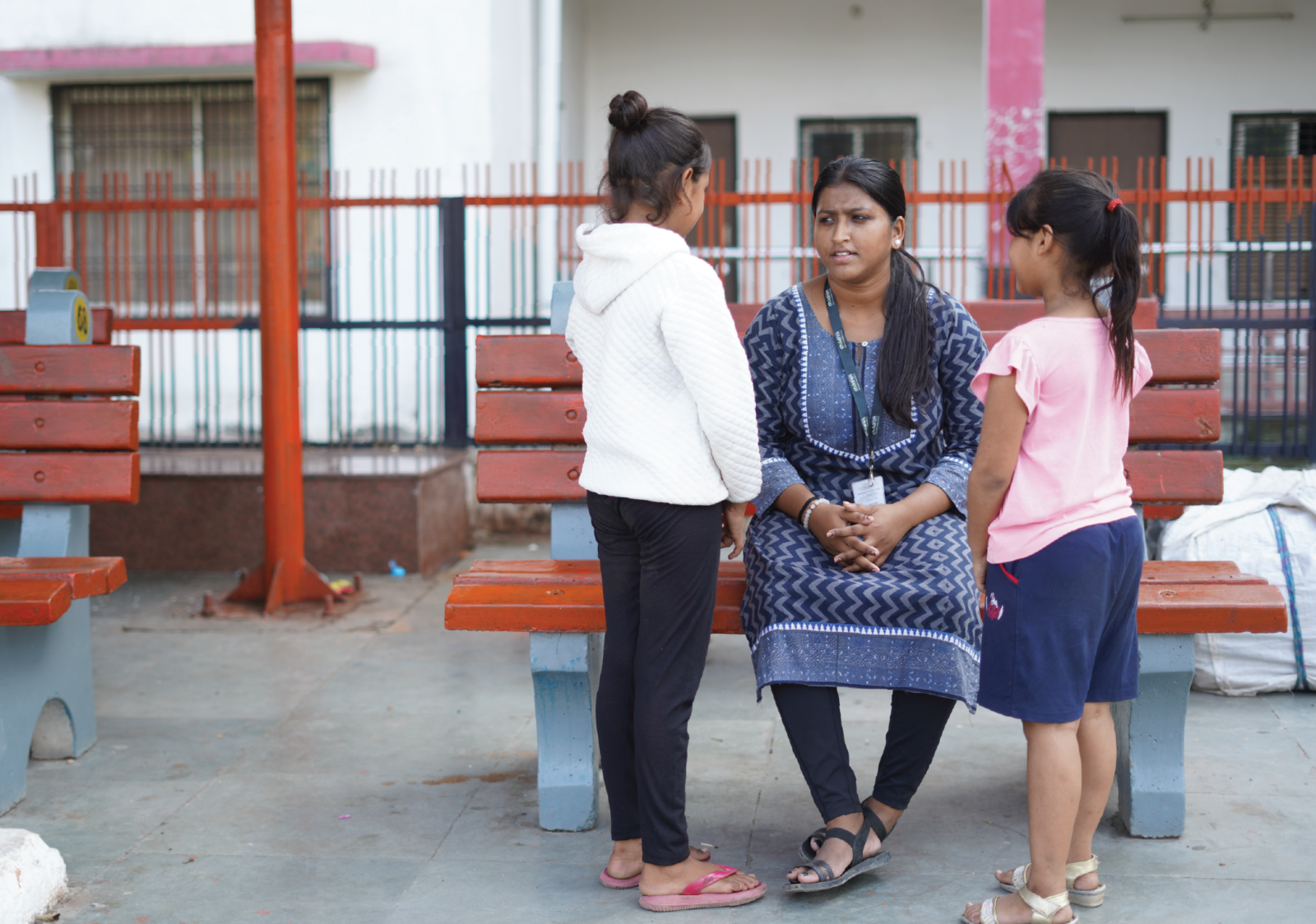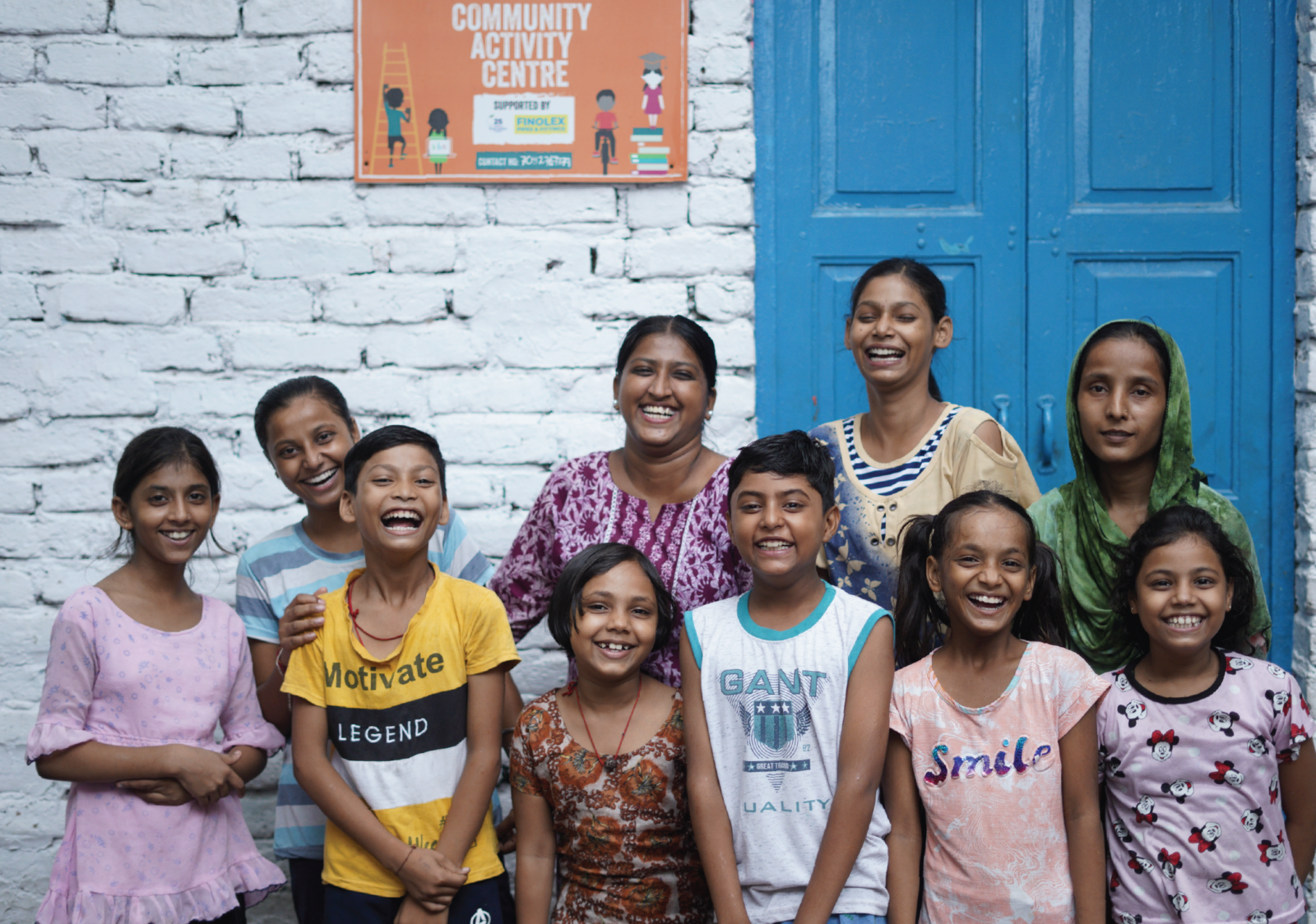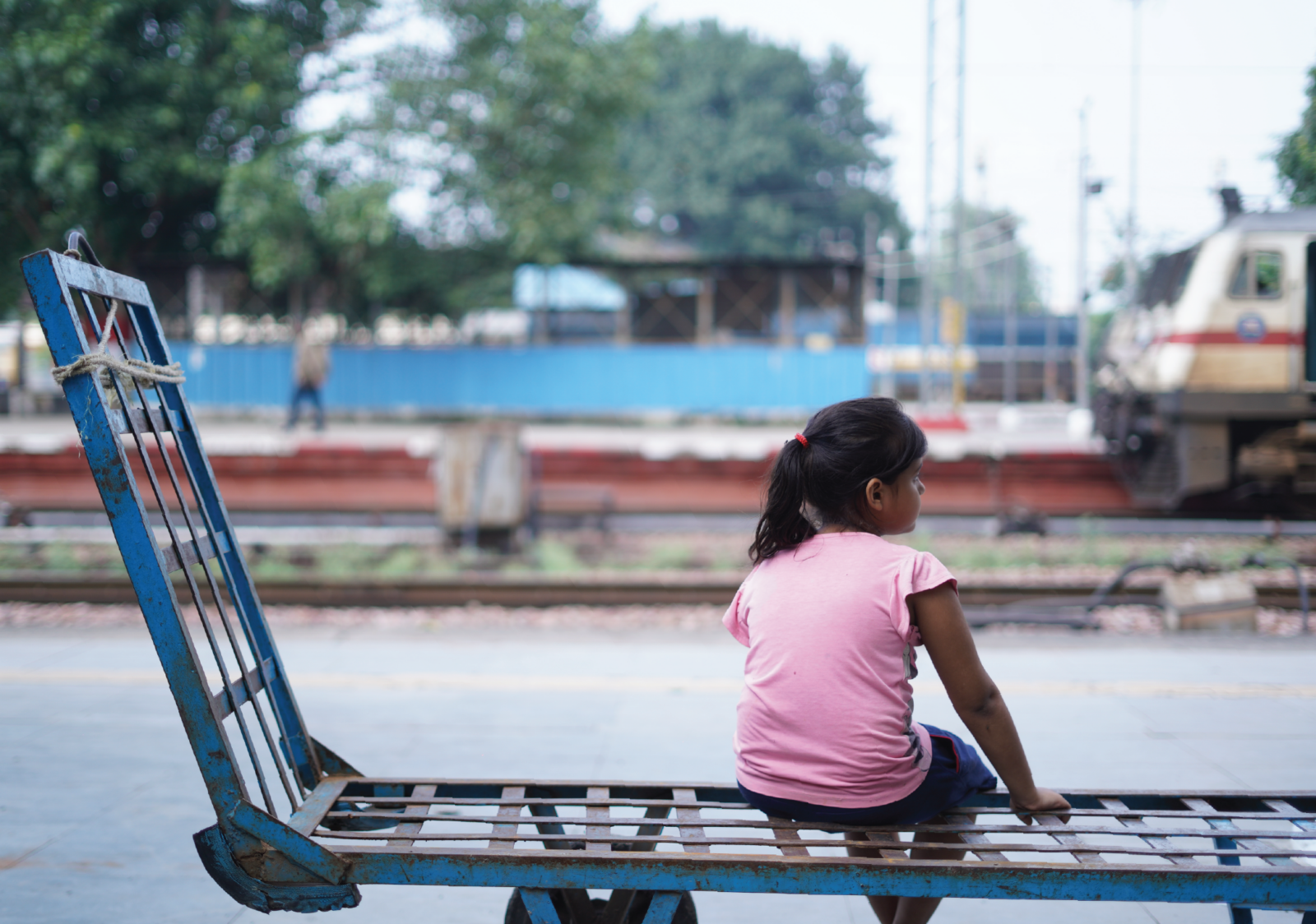As we inch towards Children’s Day, we must re-look at the UN Convention on the Rights of the Child (CRC) that first recognised and demanded the recognition of the rights of children.
CRIN is a creative think tank that produces new and dynamic perspectives on human rights issues, with a focus on children’s rights. To encourage critical reflection of children as human beings with human rights, CRIN has re-interpreted the CRC’s 41 articles as original illustrations, by CRIN‘s Art Director Miriam Sugranyes, who says: “The idea is to encourage the viewer to think differently about children and their place in society. Through conceptual illustration and using a range of everyday objects, we are exploring the issues from the Convention on the Rights of the Child whilst moving away from the problematic ways children are usually depicted by charities and NGOs. We want to ensure we are presenting children in a way that is dignified, and in doing so, we are reiterating the fact that children deserve to have their human rights fully recognised because they are human beings now.”
Keeping childhood at the centre, these evocative illustrations from CRIN are a stark reinforcement of the rights we cannot forget.
The below is simply a preview of the illustrated 41 articles on the Rights of the Child. To view the full set, visit CRIN’s Rights gallery page here.
ARTICLE 31: LEISURE, RECREATION AND CULTURE
Children’s right to play – often overlooked as a luxury by adults – is essential for children to advance and experiment with their capacities, develop social skills such as compromise and negotiation, and form relationships with others. But children’s right to play has become sidelined because of budget cuts which impede children’s access to recreational facilities; surging urban growth which swallows up green spaces; adults’ fear of safety – both of predators and traffic; and the ever-increasing demands of work and study.
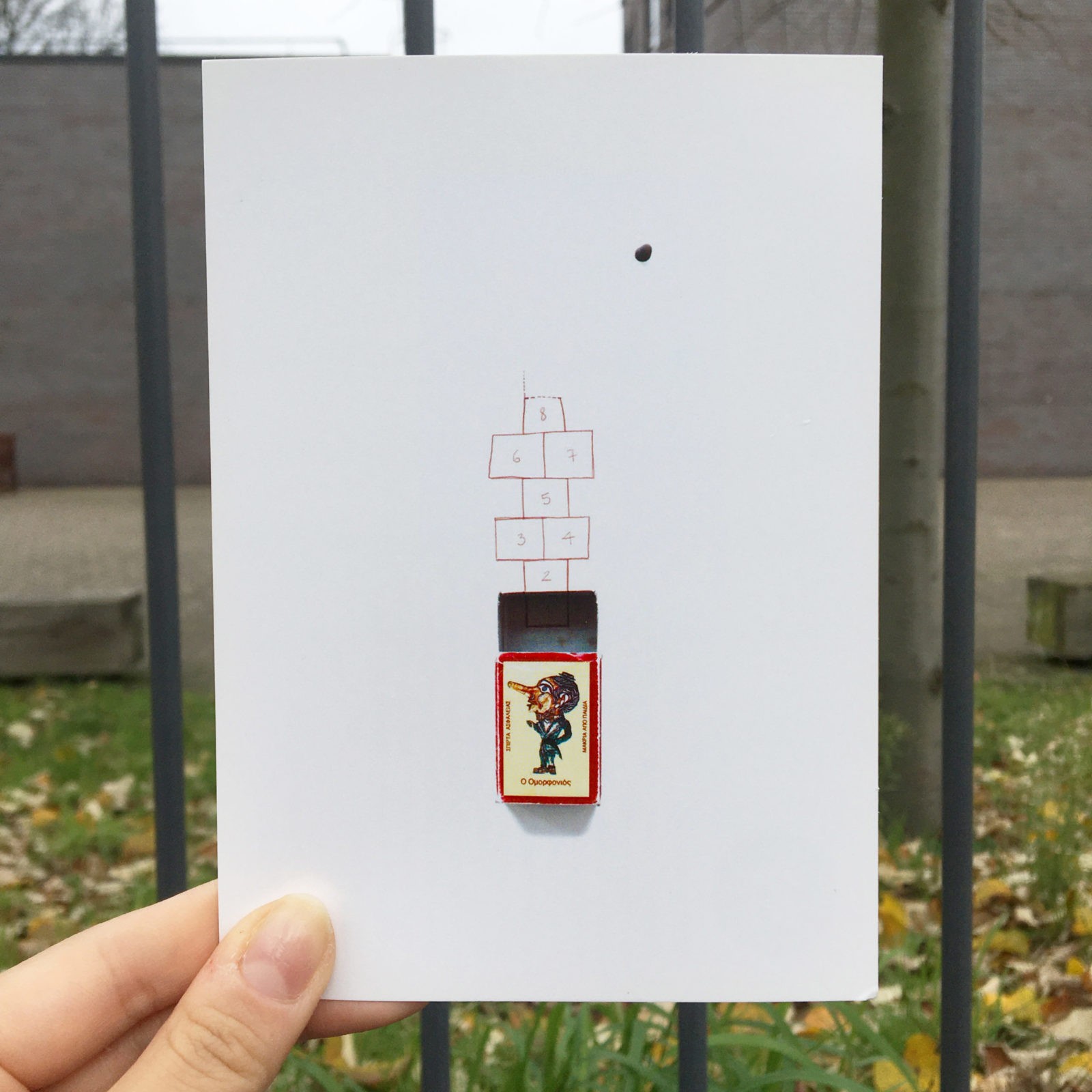
Globally, some 215 million children work, not including the millions of children working off the grid. The majority of child workers are found in agriculture and domestic service, where they are exposed to harmful chemicals, long hours and abuse. In many countries, this kind of work is exempt from laws governing child labour and occupational safety. This is not to say no child should work: but if children have to – or want to – work, it should be safe, fairly paid and should not interfere with their education.
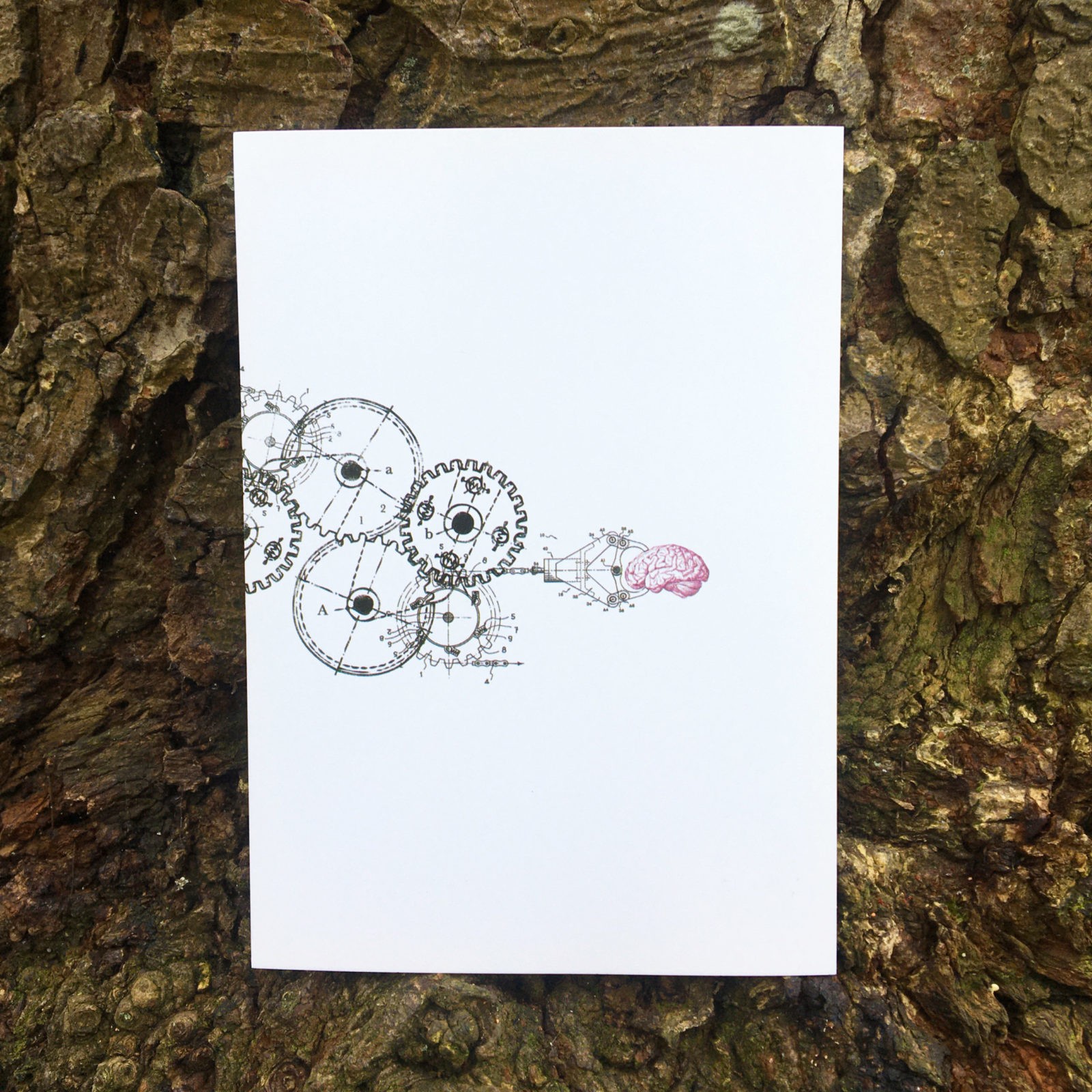
Drug use among children poses a threat to their survival, development and their health. However, in many places, children who use drugs are dealt with in the criminal justice system instead of getting the help they need. What’s more, a refusal to believe that children take drugs means that children are often unable to access rehabilitation and harm reduction services. People say we need to protect children, but the best protection is to give them the honest and objective information and services they need to make good choices.
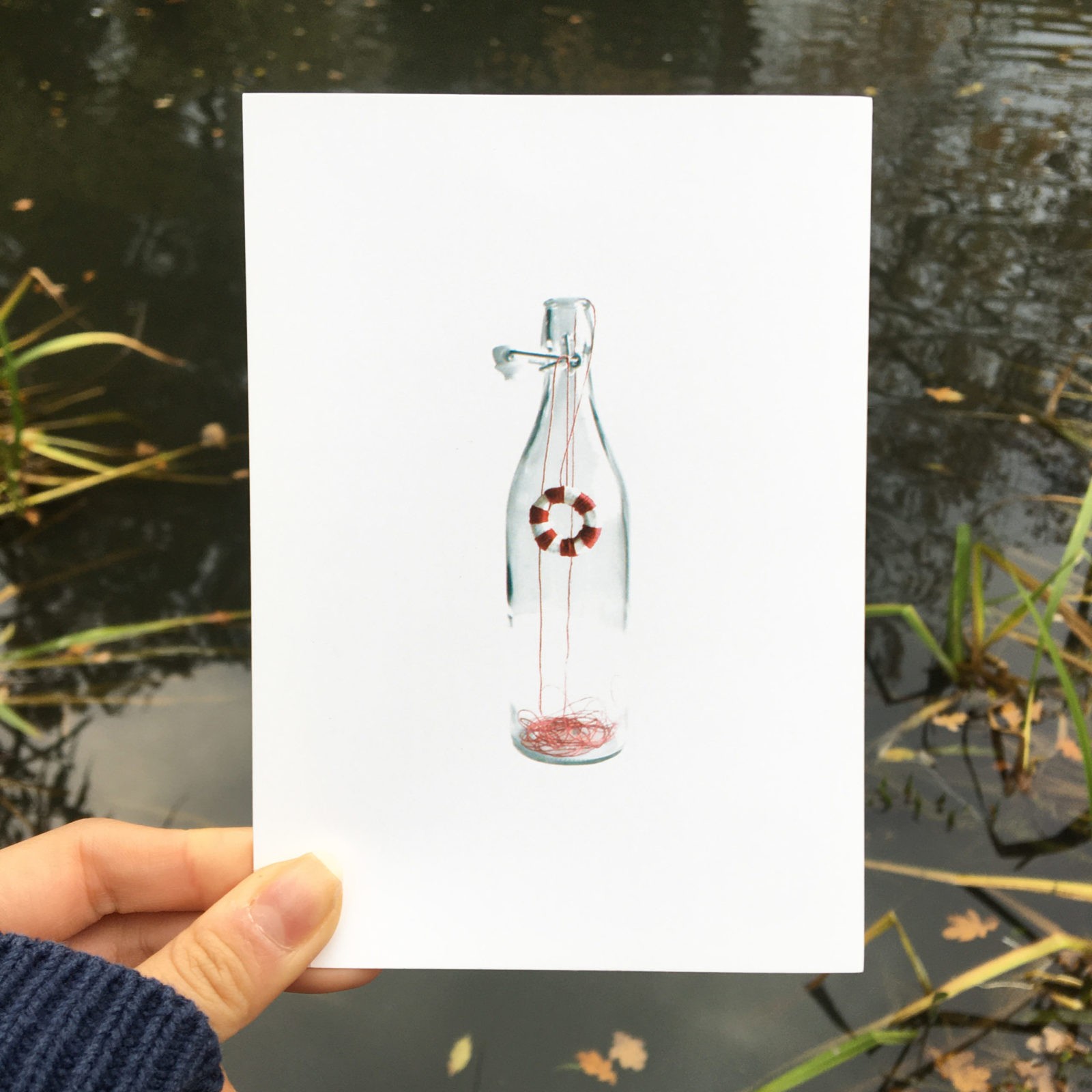
ARTICLE 34: SEXUAL EXPLOITATION
Sexual abuse and exploitation has severe and long-term repercussions for children. Not only are their bodies in physical danger, but abuse can leave permanent scars on children’s mental health. Sexual violence against children happens much more than people think. The Council of Europe says that one child in five in Europe is thought to be a victim. In 70 to 85 per cent of cases, children know their aggressors but few cases are ever reported to the authorities.
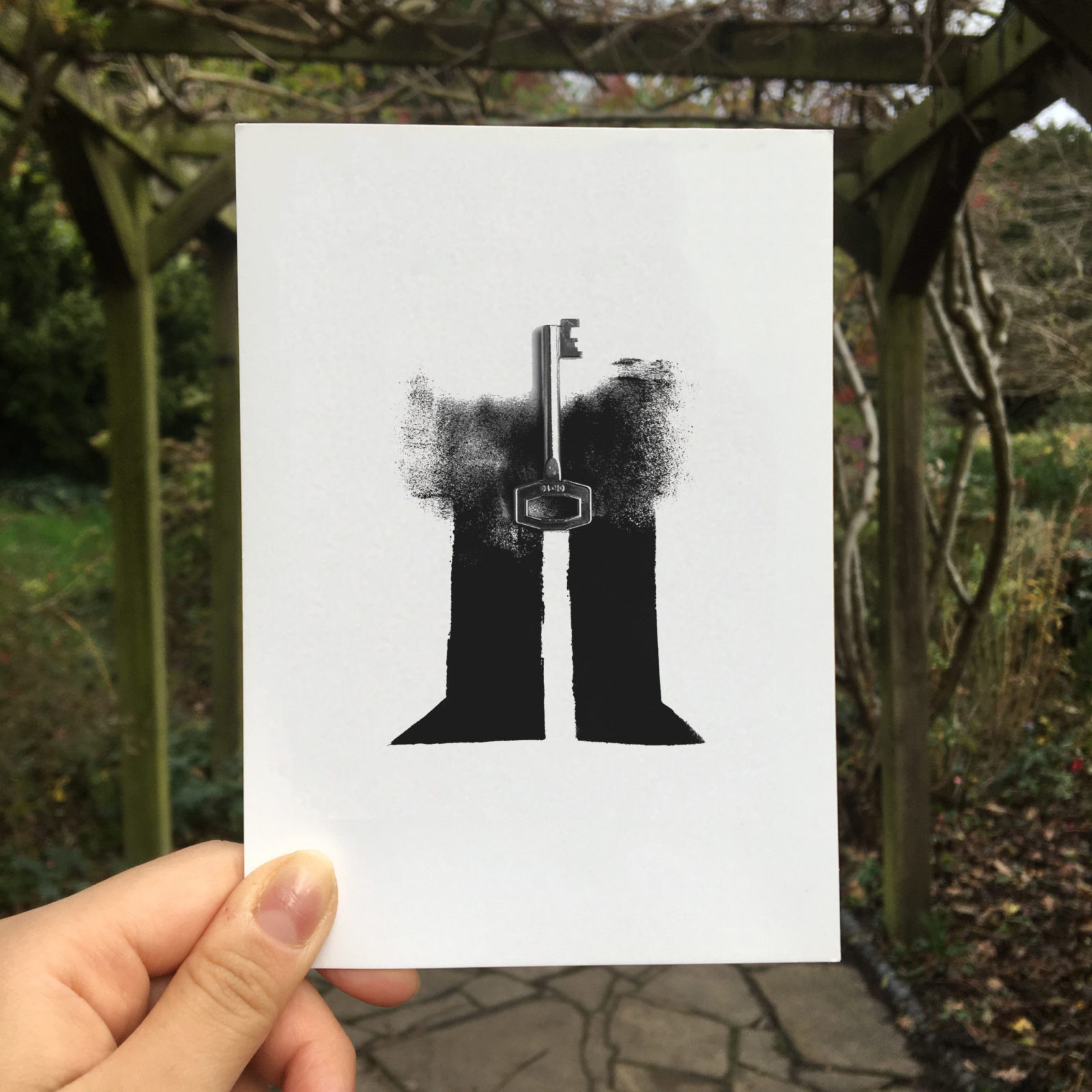
ARTICLE 39: REHABILITATIVE CARE
Governments should put in place measures to rehabilitate any child who has been a victim of any form of violence, such as neglect, abuse, torture and conflict, among others. These measures include appropriate healthcare, social services and legal assistance. These should all be adapted to children’s needs and take place in environments that promote their health, dignity and self-respect.
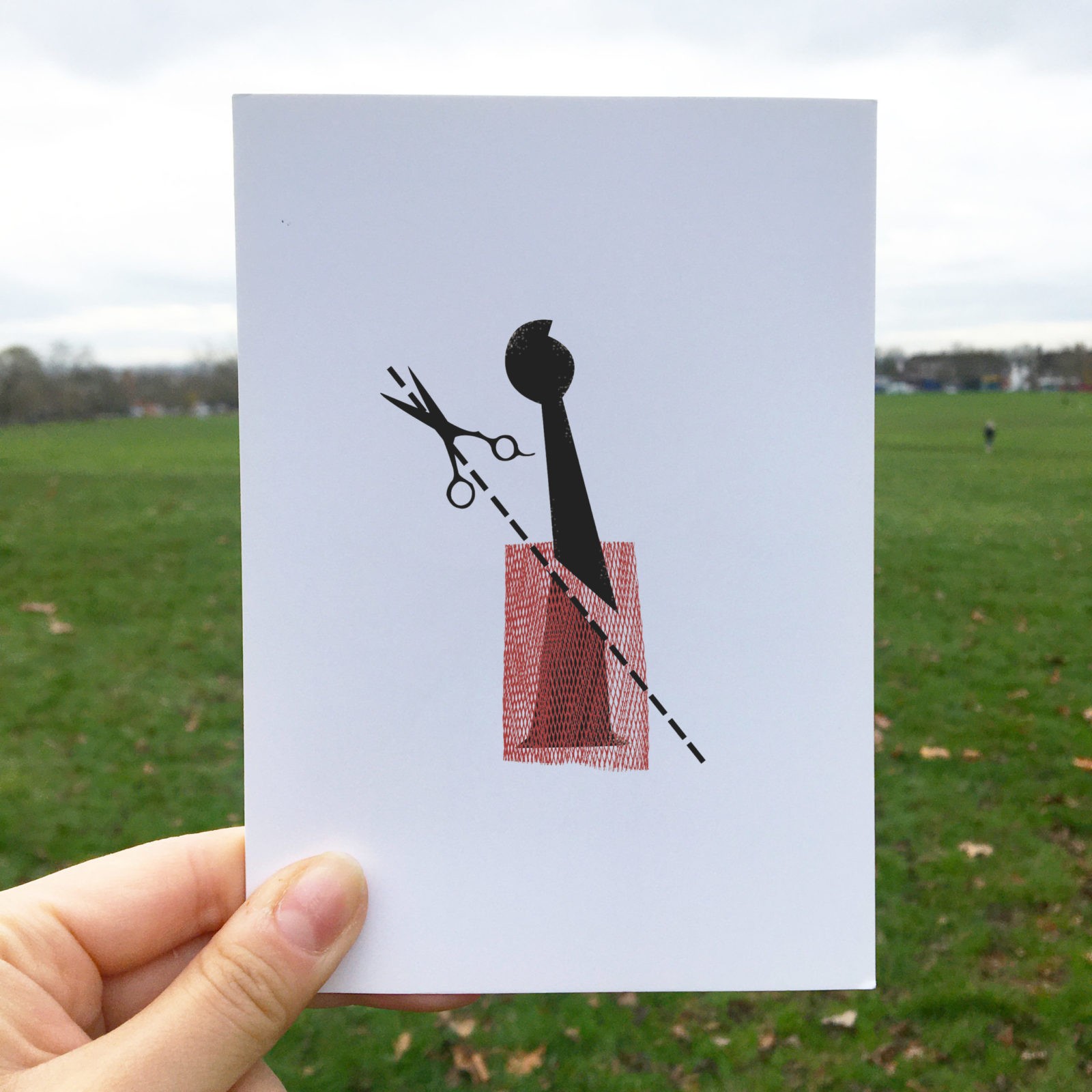
ARTICLE 40: ADMINISTRATION OF JUVENILE JUSTICE
The criminal justice systems of most countries do not work. The current method of criminalising children who break the law fails them, their families, communities and the rest of society, and does nothing to reduce crime. We need to stop making children criminals, and juvenile justice should focus on rehabilitation rather than retribution and punishment.
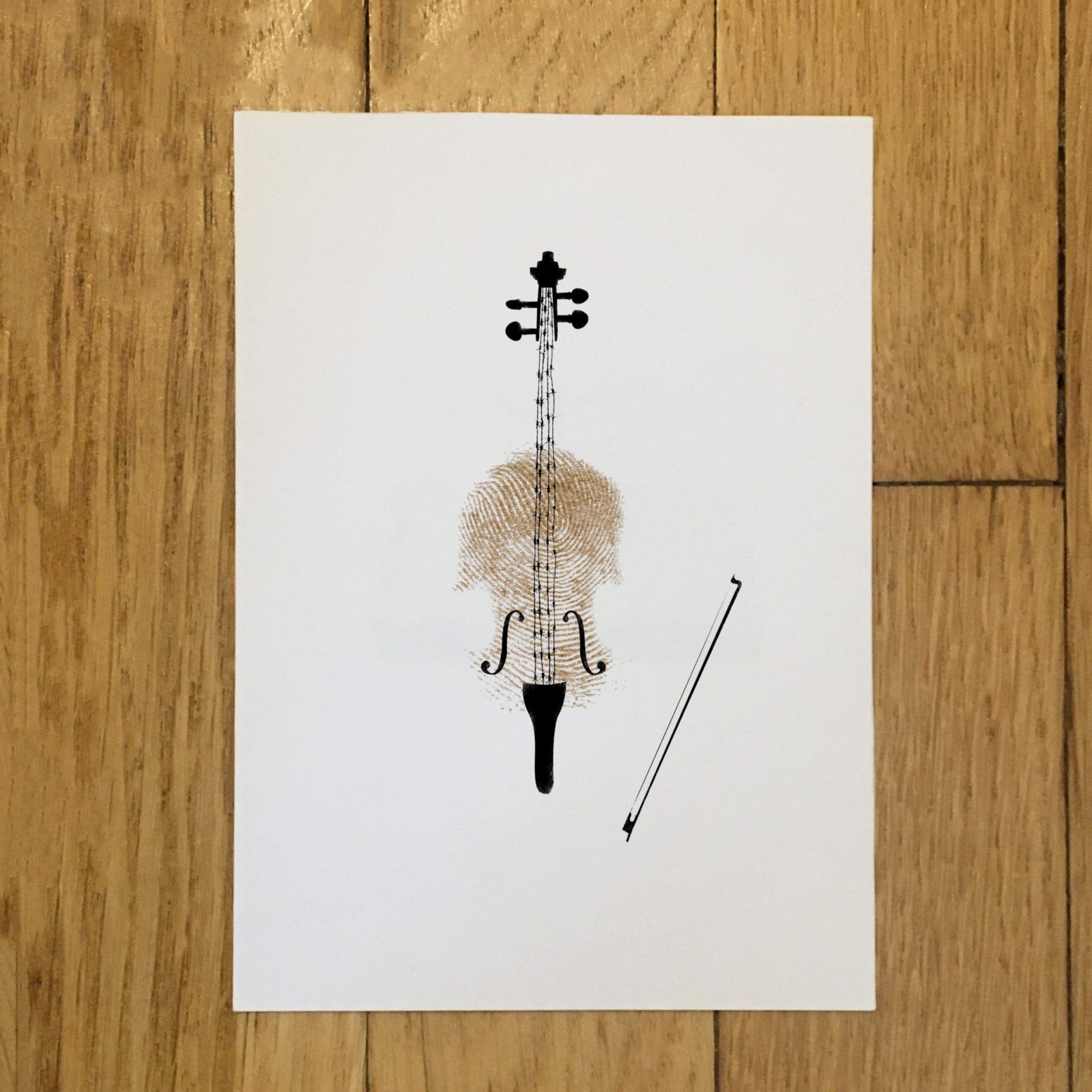
ARTICLE 41: RESPECT FOR EXISTING STANDARDS
The Convention sets out the bare minimum that children should expect from their government. But if a country has standards that are more advanced than the Convention, it should stick to them, and always strive for higher standards for its children.
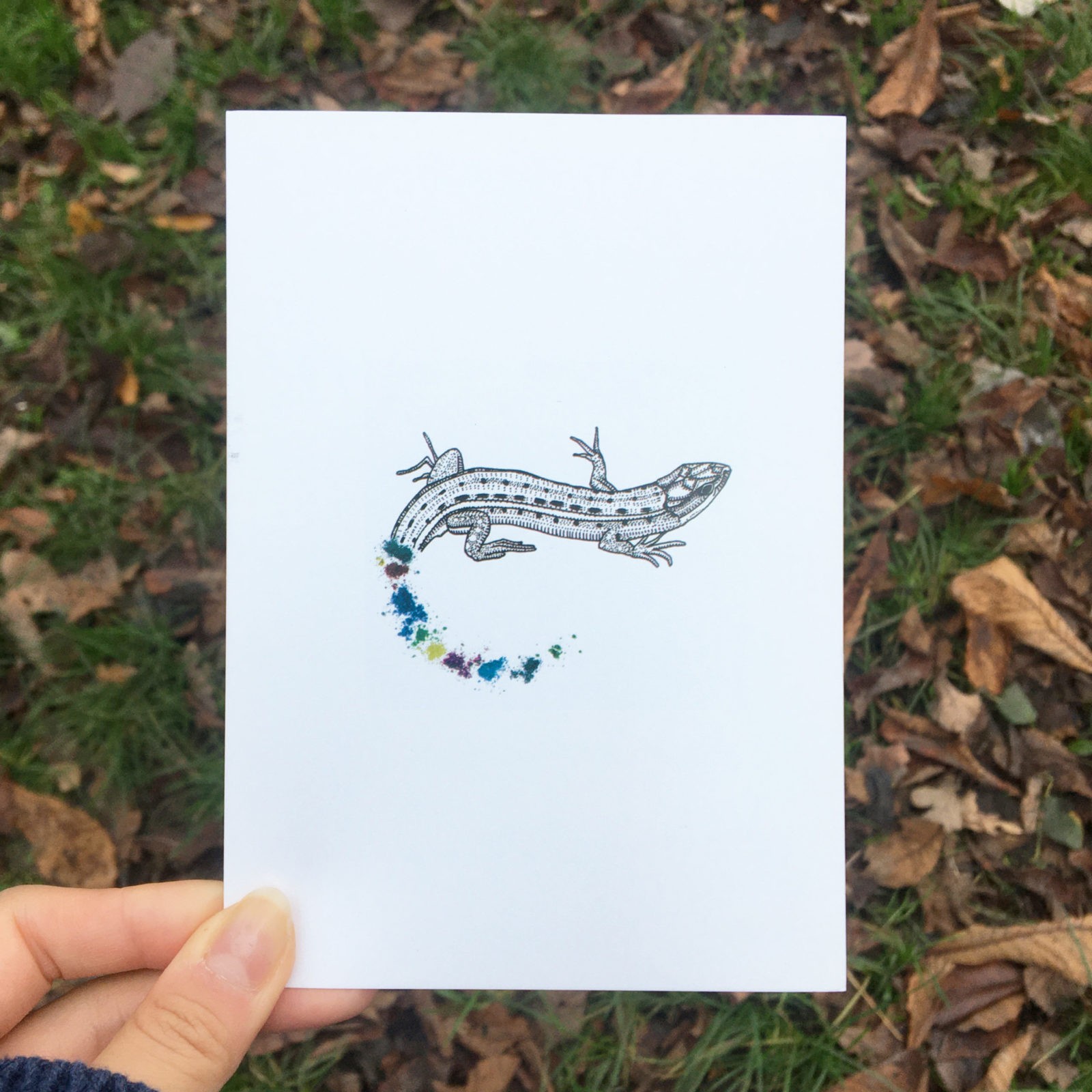
For the entire series of illustrated CRC’s by CRIN, head over to their website.




